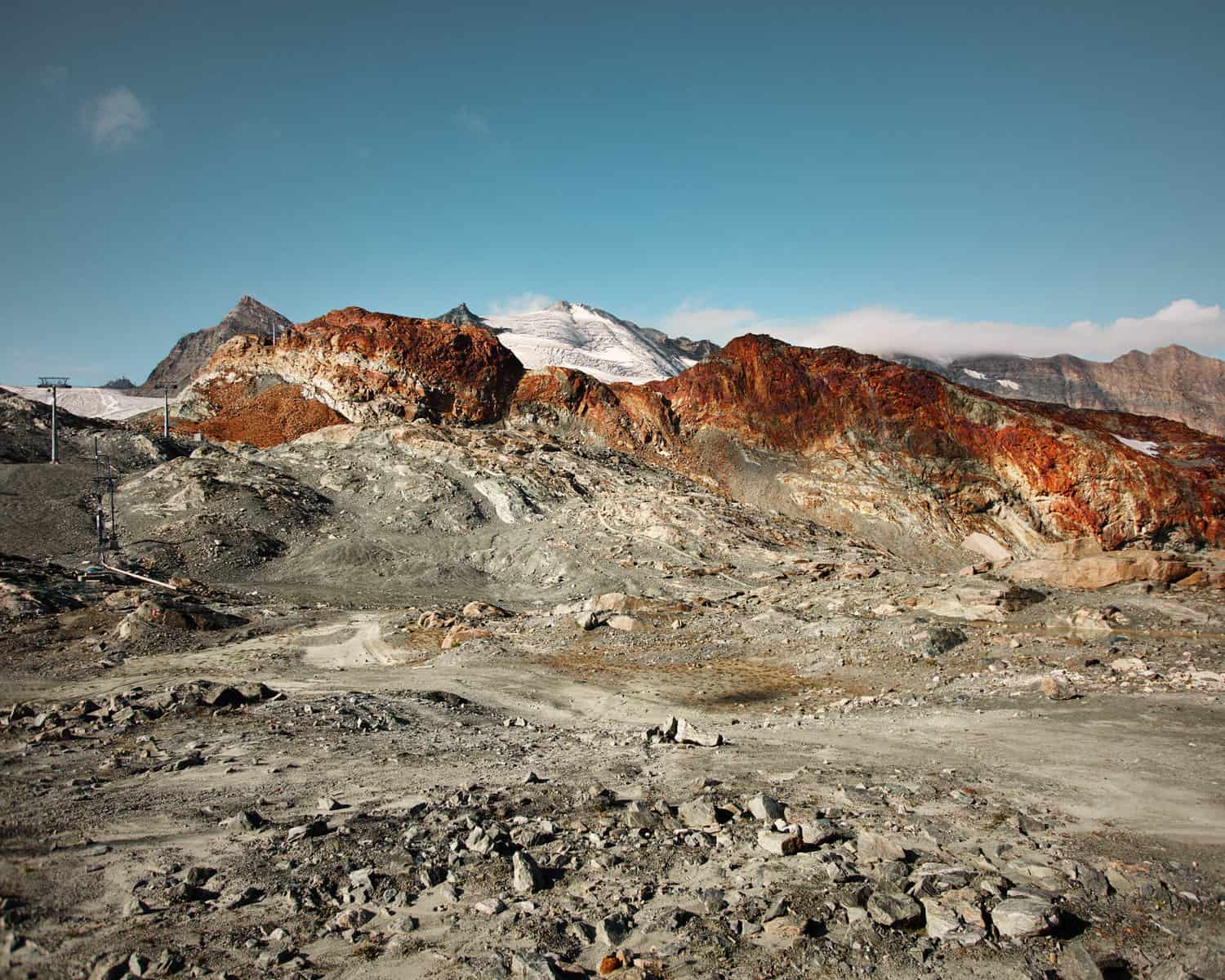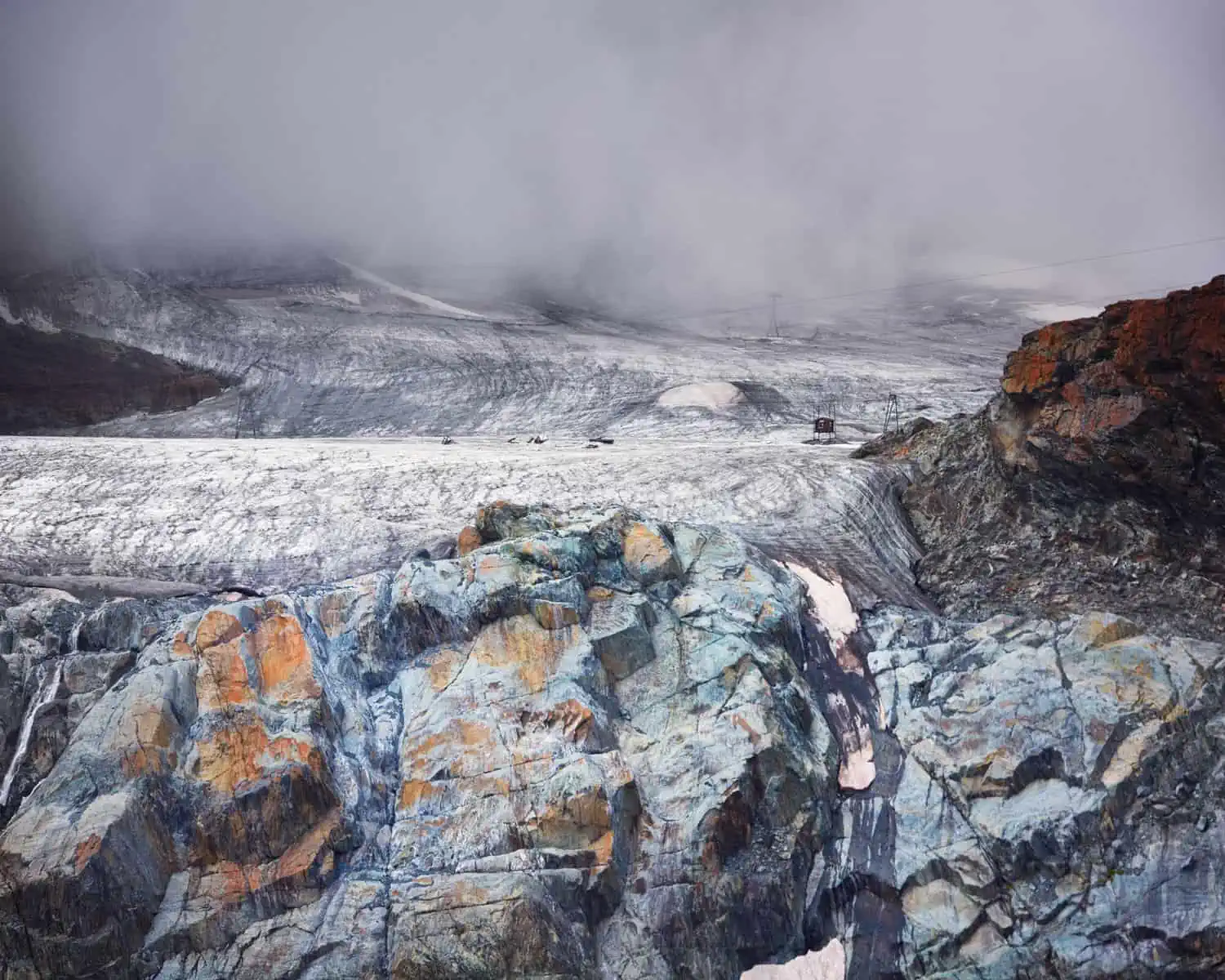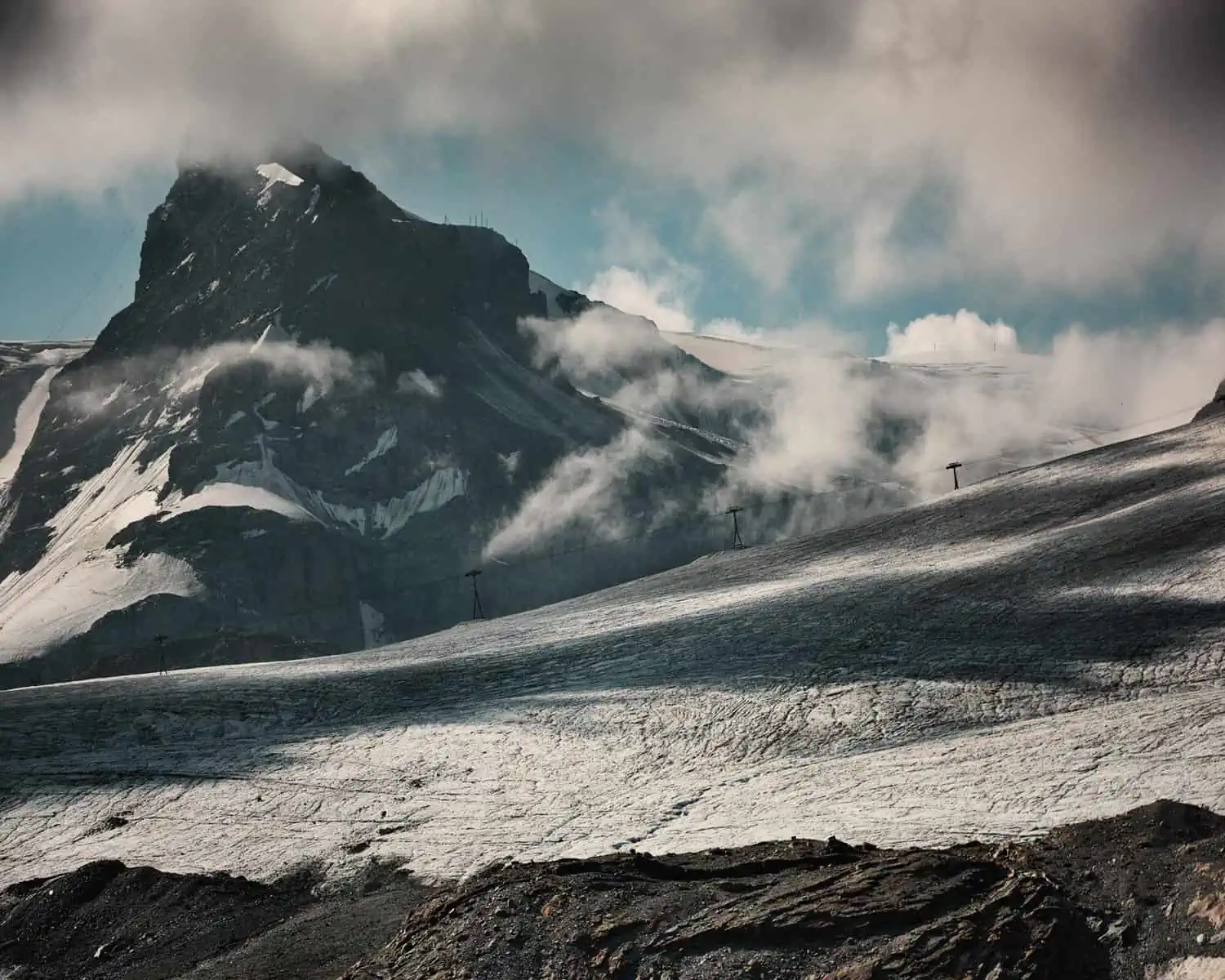For many people, a camera is an essential item to bring along when heading outdoors – whether it’s a phone, a DSLR or something altogether more specialised, photographically documenting time spent outdoors is a given. Photography, as you’ve no doubt noticed, is also one of the cornerstones of what we do. In many ways, This Expansive Adventure grew from our photographic work and our desire to tell a longer story. For us, carrying a camera with us wherever we go is second nature: the question is not whether to bring a camera, but what specific gear we should take on a certain trip.
We’re clearly far from alone in this: it’s not uncommon to see fellow hikers carrying camera equipment – and, given how high-end much of this gear is, it’s clear that many people take this aspect of time spent in the outdoors very seriously indeed! But it is also very true that photography is not just about equipment or even having the gear and knowing how to use it properly, there’s also the thornier, and less well-defined subject of inspiration – that is, what exactly to use that equipment to photograph.
On a day out in the mountains or on a holiday, this might seem like a simple enough question to answer: you’re taking your camera with you to document the journey and, if you’re heading somewhere new, then you might find that you easily accomplish the task: We seldom have difficulty photographing in new places! Novelty is a great spur to creativity and the first time you visit somewhere, it’s often quite easy to find things to photograph.
Image Description: A landscape format image. A grey-yellow almost desert landscape dominates the foreground. There is a clear blue sky above and striking orange rock in the hills in the background. The image looks like it could have been made somewhere very hot, except for the fact that there is a glacier, snow-capped mountains and ski lift hardware visible in the far background.
But what about familiar places? Once you’ve got to know a place a little better, once it becomes that bit more familiar, then perhaps it starts to lose a little of its creative appeal? This is something we are all too familiar with and something we were reminded of through lockdown: As we were limited in the places we were allowed to go to, so our photography started to slow down. It became harder and harder to motivate ourselves to bring our cameras out to photograph the same places over and over again.
Talking to other photographers, this is a common theme: After a while, that motivation to produce new images and, more fundamentally, the inspiration to create can go away. I’m sure there are many people reading this who’ve taken camera gear out with them on hikes and then just not felt motivated to use it. For sure, there are times when no images really present themselves and you just don’t feel like taking photos for the sake of it, but beyond this, there’s also a deeper sense of a lack of motivation that, sadly, often creeps into photographer’s practice.
Both Fay and I have experienced this first-hand at various times in our lives and most recently through lockdown. You get a sense that you’ve lost your love for what you do – it can be quite a crushing thing to experience, especially when it relates to something that you know you’ve felt so passionate about in the past. However, every time we have experienced this loss of motivation, we have always been able to successfully turn the tables and rekindle our love for our work. It is not always an easy process, but none the less, it is always successful and, what’s more, we always seem to rebound from these periods with a renewed and heightened sense of creativity.
Now, unfortunately, we don’t have a fixed formula for how we can overcome these creative ruts, but one common factor that always seems to play a part, is to get our teeth into a longer-term project. By that I meant that we set ourselves a brief to fulfil so that rather than just setting out with a camera in the hope that inspiration will just strike, we instead set out with a purpose. Rather than hoping that the photographs will somehow come to us, we set out actively looking for the images we want to make. This can completely shift the dynamic of your photography: You’re no longer working passively, but instead are engaging with your environment – working to get the image you think you need to fulfil your brief.
Image Description: A landscape format image. A glacier is in the foreground. It is mostly blue ice, but there are also yellow patches of lichen. In the background we see an ice filed, hardware for ski lifts and thick clouds at the top of the frame.
I mentioned inspiration striking above and I think this warrants a bit more discussion. ‘Inspiration’ is a tricky subject. A lot of creatives mystify it – if you think about it, it’s in their interest to do so as the idea of work stemming from some almost mystic or religious process of being touched by a muse certainly adds an air of something special to the work. All of us – at least I hope all of us – will at some point have had genuine inspiration: a great idea has just struck out of the blue. Sadly, we can’t control when this type of inspiration will happen so, if you know you need or want to create, but aren’t feeling inspired, then there are certain ways to arrive at your inspiration in a more round-about and deductive way: It starts with an idea, which can be something quite abstract and not visual at all. When we set our own briefs, we don’t need to know what the final images will look like, we just need to have some idea of the story we need to tell or the task we need the images to accomplish. Even if we have no clue what the final images will look like we then have some ‘guides’ or ‘rules’ in place and we can start to approach the challenge from there. From here on, it becomes iterative: We produce some images and review them. Ask yourself what works and what doesn’t and progress from there. If you get stuck, look at some reference images online and keep experimenting. Some of our favourite images have been made this way – through developing an idea. In many ways, this approach gives consistently better results than waiting for random moments of genuine inspiration and is a process that can be started at any time – handy if you’re working on assignment!
Working to a brief is the foundation of commercial photography. Every such project we undertake has involved agreeing a brief with our client. It helps both parties to understand the scope and limits of what’s going to be created and, when it comes time for us to produce the work, gives us a set of guidelines that help us streamline our creative process. Beyond this, we’ll always agree what deliverables we’re going to create and a deadline for the project too – In short, this boils down to agreeing how many images we’ll produce, what they need to be of and also when they need to be ready by. These three elements: the brief, the deliverables and the deadline are the foundation of all our commercial work and I couldn’t imagine working on any commercial project without agreeing all of these first. Bringing these same factors into your personal work might seem unnecessary, but for us, it helps us to focus our efforts and also incentivises us to work. Beyond this, working towards the completion of a structured project helps to refine you image-making. Suddenly, you’re no longer producing images that ‘just’ need to look nice – you also need to consider how well the image answers the brief. How does it contribute towards telling the story you want it to? In this sense, working on projects is a great way to build your skills as a photographer – you can step beyond just being an image-maker or camera operator and become a storyteller. Much of the best-known and iconic photography in the world was created this way – as part of wider projects or investigations. I think there’s good reason for this!
Looking back over the years, it’s clear that the points where our work has developed the most – both for Fay and I as individual creators, and also in terms of our collaborative work – have stemmed from work we’ve done on structured projects. So, in this sense, project work has not only helped us to find our way out of creative ruts but also contributed massively to both our creative development – in fact, I think it’s fair to say that we would not be creating work at the level we are now without this!
The prospect of starting a major new project can be daunting. If you’ve never done anything like this before, it can even seem like an unsurmountable task. But let’s take a moment to examine exactly what forms a project can take and exactly what level of challenge and accountability you need to set for yourself. It’s easy to think that photographic projects need to be daunting undertakings that require months or even years of work to complete, but the fact is that projects do not need to be either of these things. Pretty much any activity you might bring a camera along to can, in some way, shape or form, be pivoted into a more structured project: If you’re going on long-weekend holiday or even just a day hike, you might set yourself the brief of producing a certain number of landscape images that will work well together as a set. Perhaps, on walks through the woods, you’ve noticed fallen leaves dusted with frost or rain drops, or a sudden abundance of fungi – all of these things can be good source material for a mini project.
The images illustrating this article were made on hike near the Matterhorn in Switzerland. I set myself the challenge of making a series of abstract images that showed the stark, almost alien beauty of the landscape without relying on instantly recognisable mountains to hold up the compositions. It was a mini-brief I set myself on the way to the start of the trail and ran in parallel with the other images we created that day.
Image Description: A landscape format image. The image is dominated by the ice field of a glacier. We see shadows cast by low clouds which are also visible in the image whilst a high mountain peak towers in the background. A ski lift runs diagonally through the frame. A band of dark rock dominates the foreground. The colours are cold and neutral.
Contrary to a commercial project, personal projects also allow you the flexibility to set and even change your own deliverables and deadlines: You might set out on a trip intent of producing a series of landscape images, but what if, whilst looking for the landscapes, you become captivated by details in nature? Pivoting your ideas is sometimes where the best creativity occurs but, and I do believe this is important, the pivot will often only present itself when you are already engaged in the creative process – so the initial brief is still important! As for deadlines – well, they are always helpful for focussing your output but, if you are setting them for yourself, be absolutely aware that they can always change for any number of legitimate reasons!
Of course, projects can be more involved too. At the start of the first lockdown in 2020, we set ourselves the challenge of making a short film that explored how we came to ‘rediscover’ and develop a new-found love for the woodland space close to our home – the project developed into our short film The Spaces In-between and was completed over a period of several months. We also have an on-going project on seldom-seen areas in the American West that likely will not be completed for a number of years to come.
Thinking about our work in terms of projects has been an enormous help for us. Setting a brief to work to allows us to focus our creative energies and, as I mentioned above, this has been a valuable strategy for breaking out of creative ruts. We’ve also learned that projects do not have to be daunting, monumental challenges, but can stem from any type of photographic activity and change and grow organically whilst you work on them. However, as with all strategies, there are still plenty of times when they don’t apply! For all the structured, project-based work we undertake, there are still plenty of times when we’ll just grab a camera on our way out without any real thought for what we’ll photograph. This kind of approach to photography is, we think, still very important: photography should be fun, and it can be easy to bog it down with too many rules. Spontaneity is still important! Regardless of this, though, we still find that it’s project-focussed work that’s the most rewarding. Beyond providing motivation, it also gives you a chance to develop your work, to step beyond simply image-making and into the realm of storytelling.




